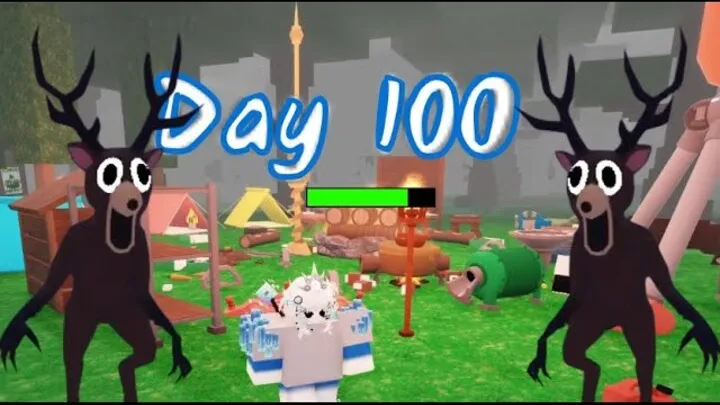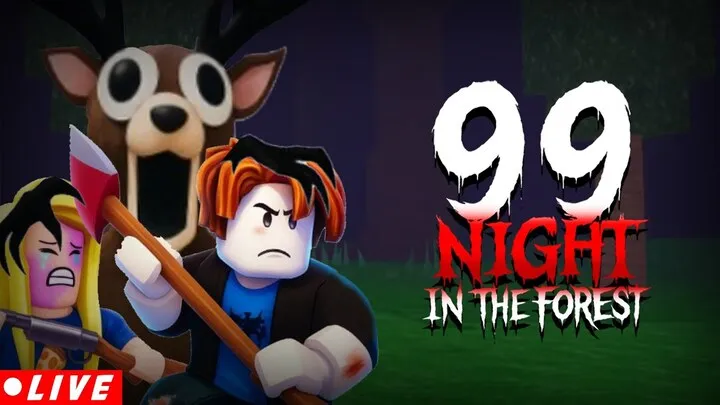99 Nights in the Forest is a survival horror experience built around tension, atmosphere, and the slow erosion of a player’s sense of safety. Unlike traditional survival games that emphasize crafting or combat alone, this title crafts its identity from the relentless passage of time and the psychological weight of lasting for ninety-nine consecutive nights. The deeper one looks into its design, the clearer it becomes that the game is less about mechanics and more about an unfolding narrative of human fear.
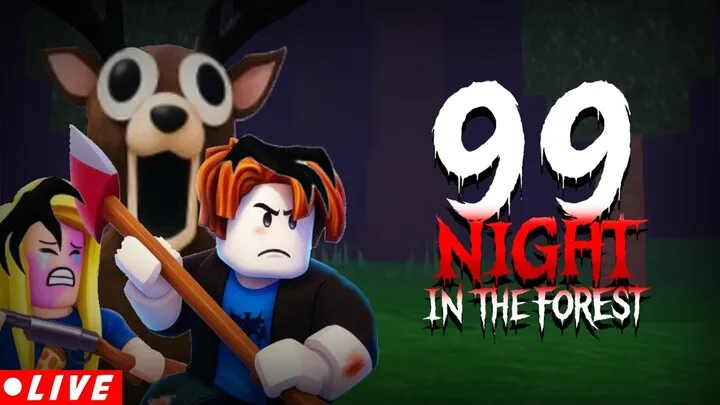
The developers created a cycle of darkness, uncertainty, and fleeting security that turns every night into a test of mental resilience. To understand the game’s impact, one must analyze how its systems interlock to build a unique atmosphere where even silence feels threatening.
The Concept of Ninety-Nine Nights
The central premise is deceptively simple: survive ninety-nine nights in a hostile forest. Yet beneath this goal lies a carefully layered structure. Each night brings slightly increased challenges, from dwindling resources to more aggressive supernatural encounters. The extended timeline is not simply arbitrary; it forces players to pace themselves and adapt strategies over a long-term scale.
This longevity also creates a feeling of inevitability. Unlike shorter survival games, where the challenge feels temporary, the ninety-nine-night frame makes the ordeal feel monumental, like an endurance test that grinds down both the character and the player.
The Role of the Forest Environment
The forest itself is the primary antagonist. It is not just a backdrop but an active force, designed to feel alive and unpredictable. Trees block vision, shadows stretch unnaturally, and paths twist in ways that cause players to lose their sense of direction. The density of the setting ensures that even simple tasks like gathering wood feel dangerous.
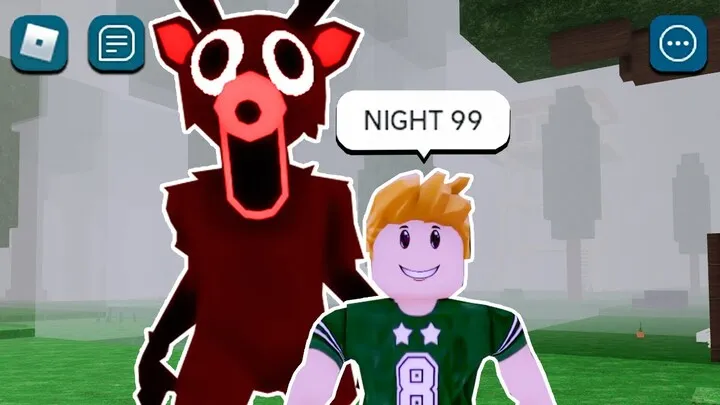
Environmental audio plays a crucial role here. From branches snapping under invisible weight to distant animal cries that may or may not be real, the forest constantly reminds players that they are being watched. This design creates a balance between natural and supernatural tension.
Time as a Mechanic
Time progression is one of the most subtle yet powerful elements of 99 Nights in the Forest. Each day is a fleeting reprieve, while each night stretches into a gauntlet of survival. The longer the game progresses, the more punishing nights become, with shorter days and extended darkness.
Time is not only a mechanic but a thematic message. It reinforces the idea that survival is not just about one terrifying encounter but about the psychological weight of repetition. Ninety-nine cycles of fear condition the player to expect dread, amplifying every sound and shadow.
Supernatural Encounters
The enemies of 99 Nights in the Forest are designed less as traditional monsters and more as manifestations of fear. They often lurk unseen, revealing themselves only in fragments—glimpses of movement, whispers in the dark, or sudden disturbances in the environment. This uncertainty prevents players from ever feeling secure.
The gradual escalation of encounters ensures that early nights feel tense but survivable, while later stages transform the forest into a fully hostile entity. Players learn that these beings cannot always be fought head-on, which deepens the sense of vulnerability.
The Psychology of Fear
Fear in this game is not simply about jump scares but about anticipation. By slowly layering tension, the game exploits the human mind’s tendency to imagine threats more terrifying than those shown. Silence becomes as threatening as noise, and darkness more suffocating than the creatures themselves.

The psychology extends into the player’s decision-making. The longer they play, the more they hesitate, second-guessing every move. This erosion of confidence is intentional, turning survival into a battle against one’s own nerves.
The Importance of Sound Design
Sound is arguably the most important tool used to sustain tension across ninety-nine nights. From subtle environmental cues to distorted whispers, audio feedback becomes a constant source of unease. Unlike visual scares, sound penetrates even when the player is looking elsewhere, making it unavoidable.
The game uses dynamic audio that reacts to player movement, meaning exploration can create its own hazards. Silence is never true silence, and the constant layering of distant noises ensures the player’s imagination fills in the gaps.
Visual Style and Ambiguity
Graphically, 99 Nights in the Forest avoids hyper-realism in favor of shadow-heavy, stylized visuals. The ambiguity of what lurks in the darkness allows the player’s imagination to magnify the horror. This design choice also ensures the game remains timeless, as abstract visuals often age better than detailed realism.
Light becomes both a resource and a weapon. Torches, campfires, and moonlight carve small circles of safety in otherwise suffocating darkness. The player’s dependence on these light sources reinforces the fragility of their situation.
Resource Scarcity as Narrative
Scarcity is not just a mechanic but part of the game’s storytelling. Food, wood, and clean water all become progressively harder to find, symbolizing the forest’s tightening grip on the player. Resource management is not about convenience but about survival, and every decision carries long-term consequences.
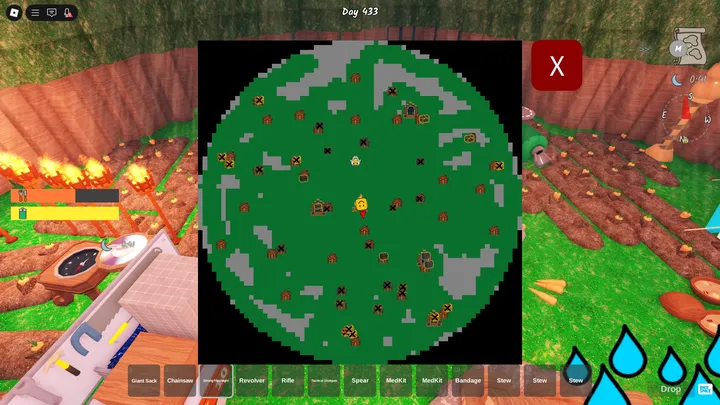
The scarcity also mirrors the psychological decline of the player’s character. As supplies dwindle, desperation grows, and the narrative of survival becomes one of sacrifice and endurance rather than mastery.
Progression Toward the Final Nights
As the ninety-nine nights draw closer to conclusion, the game shifts tone from survival to inevitability. Nights become longer, enemies more aggressive, and resources nearly impossible to gather. The player feels the weight of every decision magnified in these final stages.
The design here is deliberate: it transforms the final nights into a climax of endurance. Players who have maintained composure for so long must now fight both the environment and their own fatigue, making the resolution intensely personal.
The Meaning of Survival
At its core, 99 Nights in the Forest is not about winning but about enduring. Survival does not mean triumph but persistence in the face of overwhelming odds. The ninety-nine nights become a metaphor for the human struggle against time, fear, and uncertainty.
Whether the player survives or fails, the journey through the forest remains impactful because it forces reflection on human vulnerability. In this sense, the game is less about gameplay mechanics and more about an exploration of resilience.
Conclusion
99 Nights in the Forest stands as a unique experience because it does not chase fast-paced action or cheap thrills. Instead, it builds a slow, suffocating tension that grows heavier with each passing night. By using the forest, time, and psychological manipulation as its main weapons, the game transforms survival into a test of both skill and mental endurance.
It is a reminder that the greatest battles in horror are not fought against monsters but against the mind itself, and that is why the game lingers long after the final night ends.















